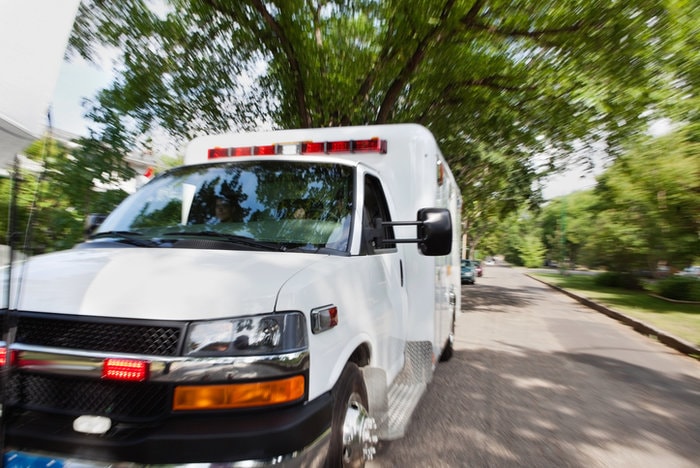
Every shift can present a range of medical emergencies. Myocardial infarctions (MI), strokes, traumatic injuries—you must be ready for anything. And any one of these patients can devolve into a critical suction scenario. The MI may lapse into cardiac arrest; the stroke may render swallowing ineffective; and the trauma patient may have facial injuries producing copious blood in the mouth. You must have suction at the ready for every patient. Your priority is always a patent airway.
The critical aspect of suction readiness is having procedures in place that ensure you are prepared. So let's discuss some of the aspects of emergency suction procedures for paramedics.
Beware of Hypoxia
As you begin your patient assessment, you must quickly determine whether your patient requires suction. An early indication of the need for suction is hypoxia secondary to an obstructed airway. Whether the obstruction is due to blood, vomit, mucus, or the inability to maintain patency, your patient will need immediate suction. Be alert for these signs of hypoxia, which will intensify as the hypoxia progresses. They include:
- Difficulty of breathing
- Use of accessory muscles
- Belly-breathing in children
- Nasal flaring
- Retractions
- Restlessness/agitation
- Confusion
- Bradycardia (especially in children)
- Decreased LOC
- Inadequate breath sounds
- Abnormal breath sounds (gurgling, wheezing, stridor)
- Coma
- Seizures
The Patient Requires Suction
Once you’ve determined your patient requires suction, the next step is preparation.
- Position the unconscious patient, maintaining C-spine in suspected trauma.
- Open the airway using the appropriate method (jaw thrust in trauma).
- If assisting ventilations, preoxygenate the patient for 1-2 minutes.
- Use the appropriate-sized catheter.
- Continuously reassess your patient, using cardiac monitor and pulse oximetry.
- Watch for loose dental hardware, especially in the elderly.
- Use care when suctioning pediatric and geriatric patients to prevent trauma to mucosal tissues.
Suctioning an Advanced Airway
In some situations, your patient will have a naso- or endotracheal tube in place or a stoma yet still require suction. In these situations, you must take added precautions against contamination since the patient’s mucosal tissues are exposed. Here is the general procedure for suctioning advanced or permanent airway adjuncts:
- Prepare and assemble your equipment (suction unit, flexible catheter, sterile gloves, PPE).
- Use a sterile technique when handling the catheter.
- Lubricate the suction catheter.
- Preoxygenate the patient.
- Insert the catheter into the tube or stoma until the patient coughs.
- Apply suction while rotating the catheter as you slowly withdraw it from the airway.
- Monitor the patient’s vital signs (especially via cardiac monitor and pulse ox).
- Reattach the bag-valve mask and continue ventilating when appropriate.
Maintaining Your Suction Unit
Proper suction procedures begin long before the call. Your suction equipment must always be ready and available, so follow these essential guidelines:
- Check the unit at the beginning of each shift to ensure it is fully charged and operational.
- Replace depleted or old batteries as needed.
- Follow manufacturer guidelines for servicing the unit.
- Replace worn or damaged components.
- Clean the suction unit after EVERY use, even if it appears nothing made it to the canister.
- Follow manufacturer recommendations for cleaning, such as never submerging the unit.
- Use a proven disinfectant or a bleach mixture to clean the entire unit, including the exterior.
- NEVER reuse disposable parts of the suction unit!
- NEVER use the portable suction machine on two patients at once—have backups on hand for MCIs.
Good procedures promote good outcomes, so follow these paramedic emergency suction procedures to maximize your results.
Editor's Note: This blog was originally published in December 2017. It has been re-published with additional up to date content.
















